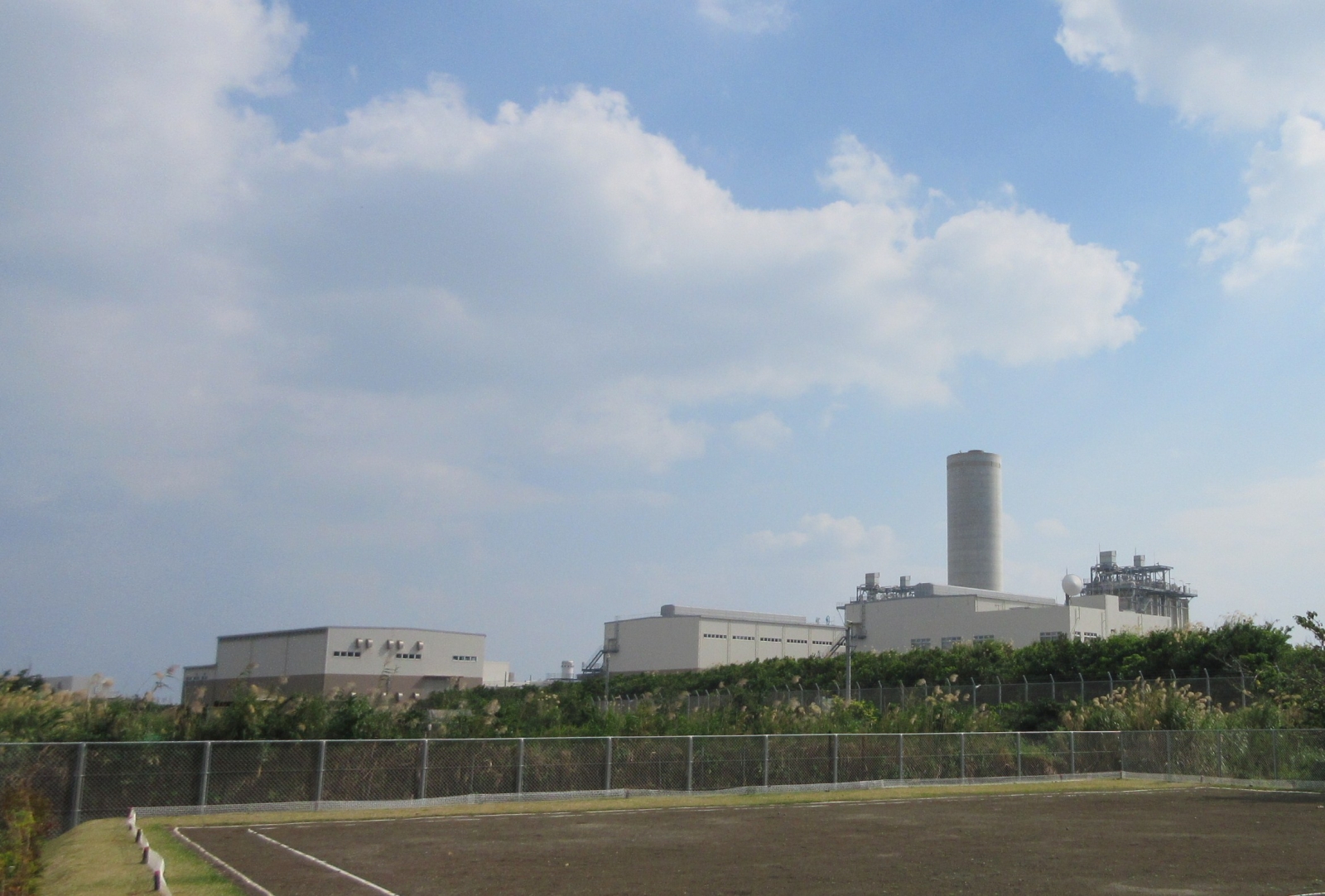Japan's Okinawa Electric Power plans to begin a trial of co-firing hydrogen at a commercial gas-fired power plant from March 2024 to reduce CO2 emissions, its president said on Nov. 17.
The utility company aims to achieve a 30% hydrogen co-firing rate at the 35 MW unit of its Yoshinoura thermal power station in the southern island of Okinawa. The trial is expected to operate until sometime between April and September.

Yoshinoura thermal power station in Okinawa. (Photo: Wikidata)
Hiroyuki Motonaga, the President of Okinawa Elec Power, said that "The establishment of hydrogen co-firing technology is a key initiative that can help us achieve two goals: expanding renewable energy and slashing carbon dioxide emissions."
The utility said it plans to utilize the hydrogen by-product of local chemical plants as well as compressed hydrogen.
If the trial is successful, the company will consider co-firing hydrogen on a regular basis, Motonaga said.
Over 90% of Okinawa Electric's power sources are fossil fuels, primarily coal. The lack of nuclear or hydroelectric power is due to geographical and topographical constraints.
The utility aims to reduce its carbon emissions by 30% from 2005 levels by 2030 by cutting coal usage and increasing the usage of LNG and renewable energy.
Japanese utilities are trying to reduce CO2 emissions by mixing hydrogen and ammonia with fossil fuels in thermal power stations, but these new fuels are more costly and have drawn criticism from climate activists who say it is a way to extend the use of more polluting fossil fuels.


